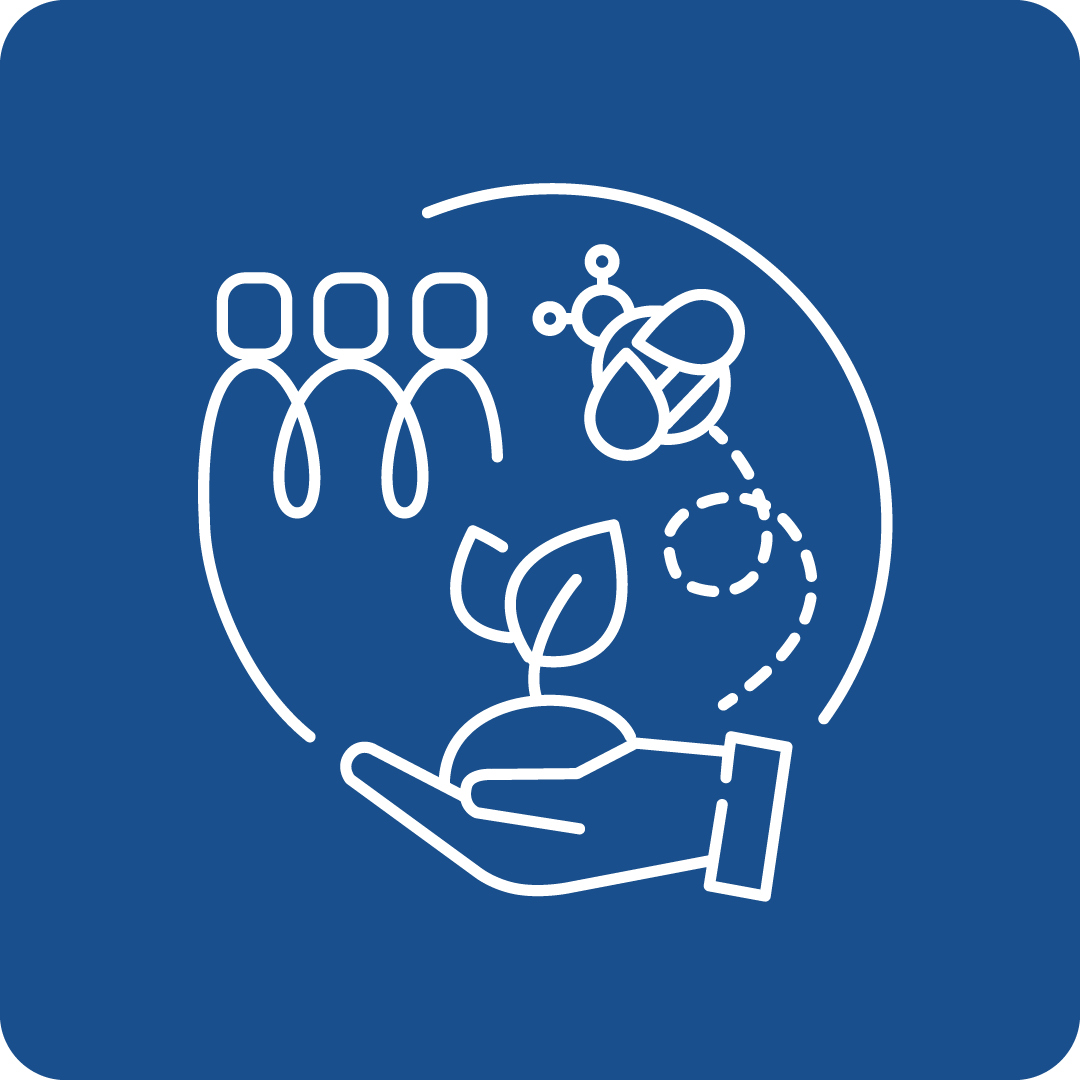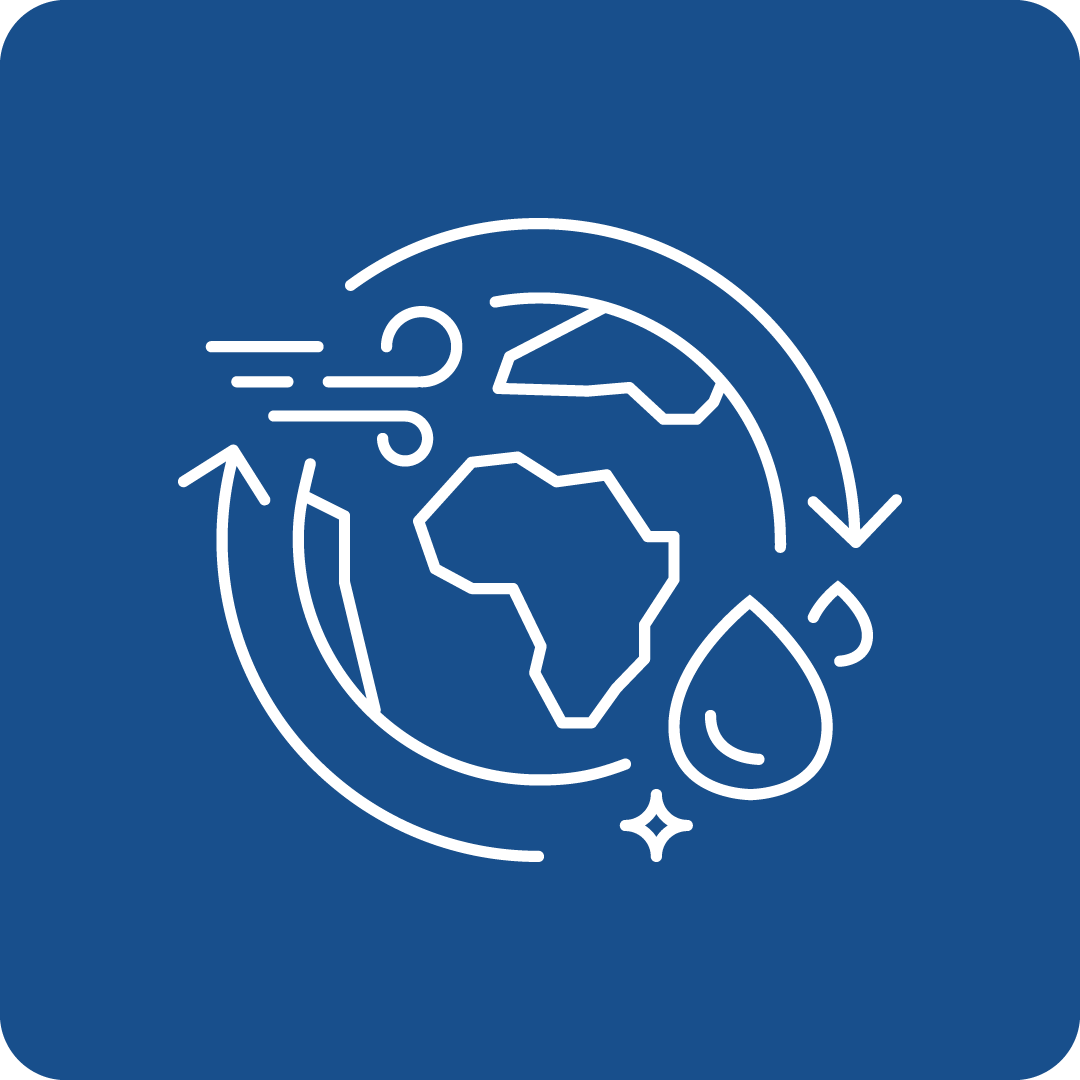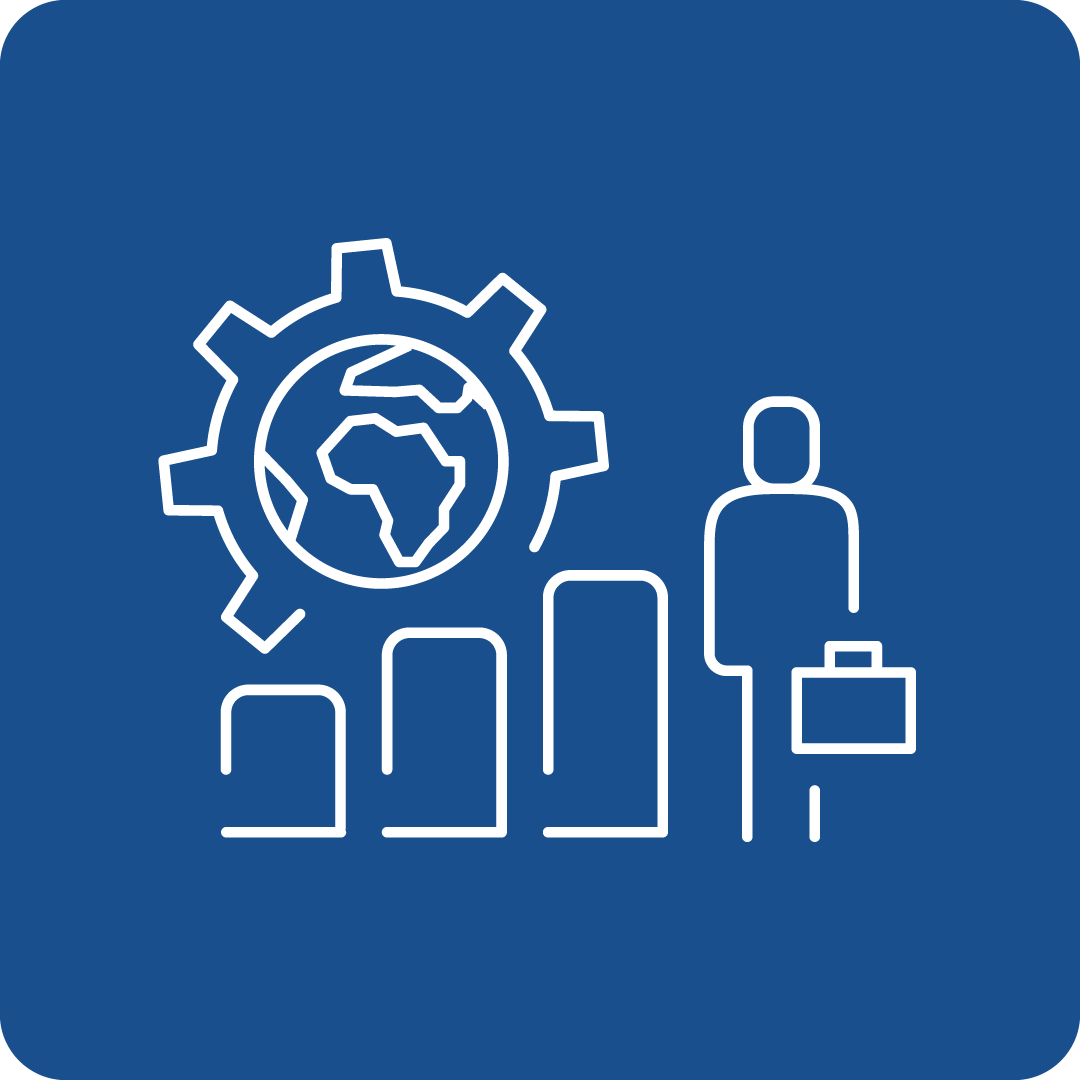Filter Search for grants
Call Navigation
Deadline expired
The deadline for this call has expired.
Call key data
Development of safe and sustainable by design alternatives to Perfluoroalkyl and Polyfluoroalkyl Substances (PFAS)
Funding Program
Horizon Europe: Cluster 4 - Digital, Industry and Space
Call number
HORIZON-CL4-2025-05-MATERIALS-51-two-stage
deadlines
Opening
22.05.2025
Deadline
23.09.2025 17:00
Funding rate
70%
Call budget
€ 30,000,000.00
Estimated EU contribution per project
€ 7,000,000.00
Link to the call
Link to the submission
Call content
short description
PFAS are a large class of substances used in a wide range of applications (for instance, as adhesives, coatings, lubricants, sealants, surfactants), for their technical and/or safety functions (e.g., water and oil repellence, antiadhesion, thermal & chemical stability). Nevertheless, PFAS have been detected in groundwater, surface water and soil, the remediation of which is extremely problematic. Their accumulation in the environment has been linked to negative effects for the wildlife and the human health, including carcinogenic, mutagenic, reprotoxic and toxic effects for the endocrine system.
Call objectives
The Commission initiative for SSbD sets a framework which should be a reference in the proposal. The new alternatives to be developed should meet the technical functions required in the specific applications and align with such framework.
Proposals should address at least one industrial application and should develop one or more new chemical substances or technologies to replace existing PFAS used, according to abovementioned applications and functions, in one of the following areas:
- Electronics, electrical appliances and grids (e.g., wires, cables, heat transfer fluids, transformers, switchgears), where PFAS are currently used to provide a combination of technical and/or safety functions to withstand impact of high temperature, pressure and chemicals, ensure corrosion inhibition and non-flammability.
- Construction technologies (e.g., carpeting, drywall, paintings, foams) where PFAS are currently used to provide a combination of technical functions such as resistance in harsh environments and for wetting agents.
- Technical textiles (e.g., personal protective equipment, construction textiles, filtration and separation media, technical textiles for transport applications) where PFAS are currently used for their repellence but also heat stability and corrosion inhibition.
- Automotive parts (e.g. electrical parts including batteries, membranes, hoses and pipes, brakes, rubber processing) where PFAS are also currently used[11].
All actors along the value chain should be involved to ensure the new substance has a clear use case, market and potential to grow.
Multidisciplinary research activities should address all of the following:
- The ‘Safe and Sustainable by Design’ framework should be applied when developing the alternative(s) and the assessment results be published and underlying methods and data made FAIR across the whole value chain;
- The selection of the PFAS alternatives to be developed should be justified with a technological and socio-economic analysis, also considering potential impacts on health and reproductive health;
- Novel PFAS-free materials or structures should undergo testing under relevant conditions to ensure their properties meet or exceed the properties of PFAS-based solutions across various applications;
- The substitution barriers for the selected applications should be identified and a driving mechanism for a maximal substitution in the targeted value chains proposed;
- Challenges for the adaption of existing production lines should be identified and solutions proposed;
- Communication and other outreach actions to all stakeholders and specifically citizens about the benefits of the developed ‘Safe and Sustainable by Design’ alternatives to PFAS substances.
- Proposals should involve appropriate expertise in Social Sciences and Humanities (SSH), e.g. with communities of citizens to engage in product reliability and consumer rights. At least, an analysis of how the introduction of such alternatives is positively or negatively considered by users and the general population, disruptive (or not) for the established social norms or behavioural patterns, should be conducted;
- Policy briefs will be reported to the European Commission on a yearly basis to communicate on the key results and achievements.
read more
Expected effects and impacts
Proposals should indicate to which chapters of the Strategic Research and Innovation Plan for chemicals and materials they will contribute.
Proposals submitted under this topic should include a business case and exploitation strategy.
In accordance with the SSbD framework, this topic requires the effective demonstration of the added value of the outcomes to protect human health and the environment, e.g. in the fields of biodiversity protection, indoor and /or outdoor air quality.
Collaboration with existing Open Innovation Test Beds (OITBs) should be explored - where relevant.
International collaboration is encouraged.
The challenge of developing PFAS alternatives should also cooperate with relevant topics under other clusters and calls of Horizon Europe (e.g. HORIZON-CL4-2021-RESILIENCE-01-08, HORIZON-CL4-2022-RESILIENCE-01-23, HORIZON-CL6-2023-ZEROPOLLUTION-02-2-two-stage, Horizon 2020 LC-GD-8-1-2020), including topics under the Chips Joint Undertaking and the Clean Hydrogen Joint Undertaking (e.g. HORIZON-JTI-CLEANH2-2024-05-02: Development of non-fluorinated components for fuel cells and electrolysers). Proposals should specifically allocate the necessary resources for collaboration with the other relevant projects.
read more
Expected results
Projects are expected to contribute to the following outcomes:
- Make safer and more sustainable alternatives to per- and poly-fluoroalkyl substances (PFAS) available to industries offering products with targeted performances supporting their competitiveness;
- Give the Commission, regulatory agencies, Member States and associated countries access to new and publicly available knowledge about PFAS alternatives;
- Support EU strategies, policies and legislation, such as future PFAS restrictions under the REACH Regulation, as well as requirements for the EU Ecolabel, EU Taxonomy and Eco-design for Sustainable Products Regulation (ESPR), by making safe and sustainable alternatives to PFAS available;
- Demonstrate the applicability of the ‘Safe and Sustainable by Design’ (SSbD) framework to avoid regrettable substitution when developing innovative safe alternatives to PFAS.
read more
Eligibility Criteria
Regions / countries for funding
Moldova (Moldova), Albania (Shqipëria), Armenia (Հայաստան), Bosnia and Herzegovina (Bosna i Hercegovina / Босна и Херцеговина), Canada, Faeroes (Føroyar / Færøerne), Georgia (საქართველო), Iceland (Ísland), Israel (ישראל / إِسْرَائِيل), Kosovo (Kosova/Kosovë / Косово), Montenegro (Црна Гора), New Zealand (Aotearoa), North Macedonia (Северна Македонија), Norway (Norge), Serbia (Srbija/Сpбија), Tunisia (تونس /Tūnis), Türkiye, Ukraine (Україна), United Kingdom
eligible entities
EU Body, Education and training institution, Non-Profit Organisation (NPO) / Non-Governmental Organisation (NGO), Other, Private institution, incl. private company (private for profit), Public Body (national, regional and local; incl. EGTCs), Research Institution incl. University, Small and medium-sized enterprise (SME)
Mandatory partnership
Yes
Project Partnership
To be eligible for funding, applicants must be established in one of the following countries:
- the Member States of the European Union, including their outermost regions
- the Overseas Countries and Territories (OCTs) linked to the Member States
- countries associated to Horizon Europe - see list of particpating countries
Only legal entities forming a consortium are eligible to participate in actions provided that the consortium includes, as beneficiaries, three legal entities independent from each other and each established in a different country as follows:
- at least one independent legal entity established in a Member State; and
- at least two other independent legal entities, each established in different Member States or Associated Countries.
Any legal entity, regardless of its place of establishment, including legal entities from non-associated third countries or international organisations (including international European research organisations) is eligible to participate (whether it is eligible for funding or not), provided that the conditions laid down in the Horizon Europe Regulation have been met, along with any other conditions laid down in the specific call topic.
A ‘legal entity’ means any natural or legal person created and recognised as such under national law, EU law or international law, which has legal personality and which may, acting in its own name, exercise rights and be subject to obligations, or an entity without legal personality.
other eligibility criteria
Specific cases:
- Affiliated entities (i.e. entities with a legal or capital link to a beneficiary which participate in the action with similar rights and obligations to the beneficiaries, but which do not sign the grant agreement and therefore do not become beneficiaries themselves) are allowed, if they are eligible for participation and funding.
- Associated partners (i.e. entities which participate in the action without signing the grant agreement, and without the right to charge costs or claim contributions) are allowed, subject to any conditions regarding associated partners set out in the specific call conditions.
- Entities which do not have legal personality under their national law may exceptionally participate, provided that their representatives have the capacity to undertake legal obligations on their behalf, and offer guarantees to protect the EU’s financial interests equivalent to those offered by legal persons.
- Legal entities created under EU law (EU bodies) including decentralised agencies may be part of the consortium, unless provided for otherwise in their basic act.
- International European research organisations are eligible to receive funding. International organisations with headquarters in a Member State or Associated Country are eligible to receive funding for ‘Training and mobility’ actions or when provided for in the specific call/topic conditions. Other international organisations are not eligible to receive funding, unless provided for in the specific call/topic conditions, or if their participation is considered essential for implementing the action by the granting authority.
- Joint Research Centre (JRC)— Where provided for in the specific call conditions, applicants may include in their proposals the possible contribution of the JRC but the JRC will not participate in the preparation and submission of the proposal. Applicants will indicate the contribution that the JRC could bring to the project based on the scope of the topic text. After the evaluation process, the JRC and the consortium selected for funding may come to an agreement on the specific terms of the participation of the JRC. If an agreement is found, the JRC may accede to the grant agreement as beneficiary requesting zero funding or participate as an associated partner, and would accede to the consortium as a member.
- Associations and interest groupings — Entities composed of members (e.g. European research infrastructure consortia (ERICs)) may participate as ‘sole beneficiaries’ or ‘beneficiaries without legal personality’. However, if the action is in practice implemented by the individual members, those members should also participate (either as beneficiaries or as affiliated entities, otherwise their costs will NOT be eligible.
- EU restrictive measures — Entities subject to EU restrictive measures under Article 29 of the Treaty on the European Union (TEU) and Article 215 of the Treaty on the Functioning of the EU (TFEU) as well as Article 75 TFEU, are not eligible to participate in any capacity, including as beneficiaries, affiliated entities, associated partners, third parties giving in-kind contributions, subcontractors or recipients of financial support to third parties (if any).
- Legal entities established in Russia, Belarus, or in non-government controlled territories of Ukraine — Given the illegal invasion of Ukraine by Russia and the involvement of Belarus, there is currently no appropriate context allowing the implementation of the actions foreseen in this programme with legal entities established in Russia, Belarus, or in non-government controlled territories of Ukraine. Therefore, even where such entities are not subject to EU restrictive measures, such legal entities are not eligible to participate in any capacity. This includes participation as beneficiaries, affiliated entities, associated partners, third parties giving in-kind contributions, subcontractors or recipients of financial support to third parties (if any). Exceptions may be granted on a case-by-case basis for justified reasons.
With specific regard to measures addressed to Russia, following the adoption of the Council Regulation (EU) 2024/1745 of 24 June 2024 (amending Council Regulation (EU) No 833/2014 of 31 July 2014) concerning restrictive measures in view of Russia’s actions destabilising the situation in Ukraine, legal entities established outside Russia but whose proprietary rights are directly or indirectly owned for more than 50% by a legal person, entity or body established in Russia are also not eligible to participate in any capacity. - Measures for the protection of the Union budget against breaches of the principles of the rule of law in Hungary — Following the Council Implementing Decision (EU) 2022/2506, as of 16 December 2022, no legal commitments can be entered into with Hungarian public interest trusts established under the Hungarian Act IX of 2021 or any entity they maintain. Affected entities may continue to apply to calls for proposals and can participate without receiving EU funding, as associated partners, if allowed by the call conditions. However, as long as the Council measures are not lifted, such entities are not eligible to participate in any funded role (beneficiaries, affiliated entities, subcontractors, recipients of financial support to third parties, etc.).In case of multi-beneficiary grant calls, applicants will be invited to remove or replace that entity in any funded role and/or to change its status into associated partner. Tasks and budget may be redistributed accordingly.
Additional information
Topics
Relevance for EU Macro-Region
EUSAIR - EU Strategy for the Adriatic and Ionian Region, EUSALP - EU Strategy for the Alpine Space, EUSBSR - EU Strategy for the Baltic Sea Region, EUSDR - EU Strategy for the Danube Region
UN Sustainable Development Goals (UN-SDGs)
![]()
![]()
![]()
![]()
![]()
![]()
![]()
Additional Information
Applications must be submitted electronically via the Funders & Tenders Portal electronic submission system (accessible via the topic page in the Search Funding & Tenders section). Paper submissions are NOT possible.
Applications must be submitted using the forms provided inside the electronic submission system (not the templates available on the topic page, which are only for information). The structure and presentation must correspond to the instructions given in the forms.
Applications must be complete and contain all parts and mandatory annexes and supporting documents.
The application form will have two parts:
- Part A (to be filled in directly online) contains administrative information about the applicant organisations (future coordinator and beneficiaries and affiliated entities), the summarised budget for the proposal and call-specific questions;
- Part B (to be downloaded from the Portal submission system, completed and then assembled and re-uploaded as a PDF in the system) contains the technical description of the project.
Annexes and supporting documents will be directly available in the submission system and must be uploaded as PDF files (or other formats allowed by the system).
The limit for a full application (Part B) is 13 pages. In order to include a business case and exploitation strategy, as outlined in the introduction to this Destination, the page limit in part B of the General Annexes is exceptionally extended by 3 pages.
Eligible costs will take the form of a lump sum as defined in the Decision of 7 July 2021 authorising the use of lump sum contributions under the Horizon Europe Programme – the Framework Programme for Research and Innovation (2021-2027) – and in actions under the Research and Training Programme of the European Atomic Energy Community (2021-2025). It is mandatory to submit a detailed budget table using the template available in the Submission system.
Activities are expected to start at TRL 3-4 and achieve TRL 6-7 by the end of the project
Call documents
Horizon Europe Work Programme 2025 Cluster 4 - Digital, Industry and SpaceHorizon Europe Work Programme 2025 Cluster 4 - Digital, Industry and Space(kB)
Contact
To see more information about this call, you can register for free here
or log in with an existing account.
Log in
Register now





